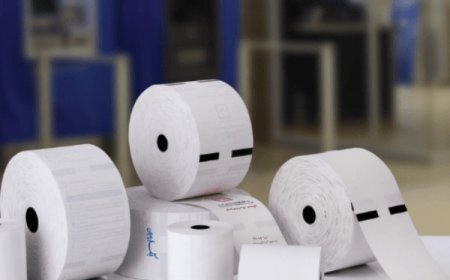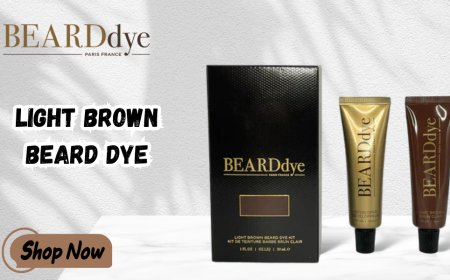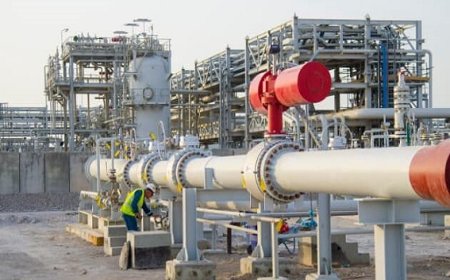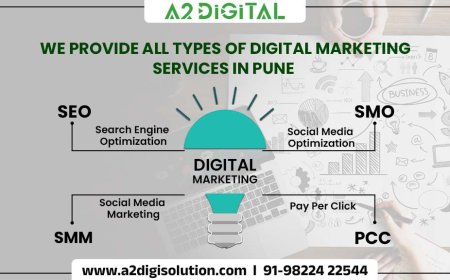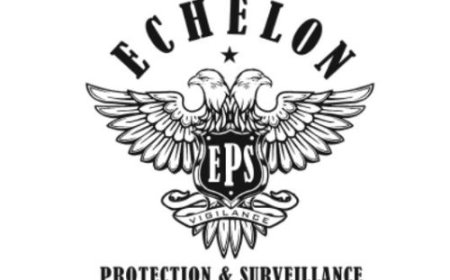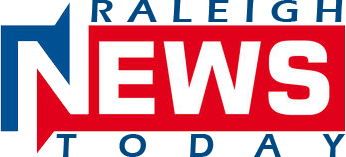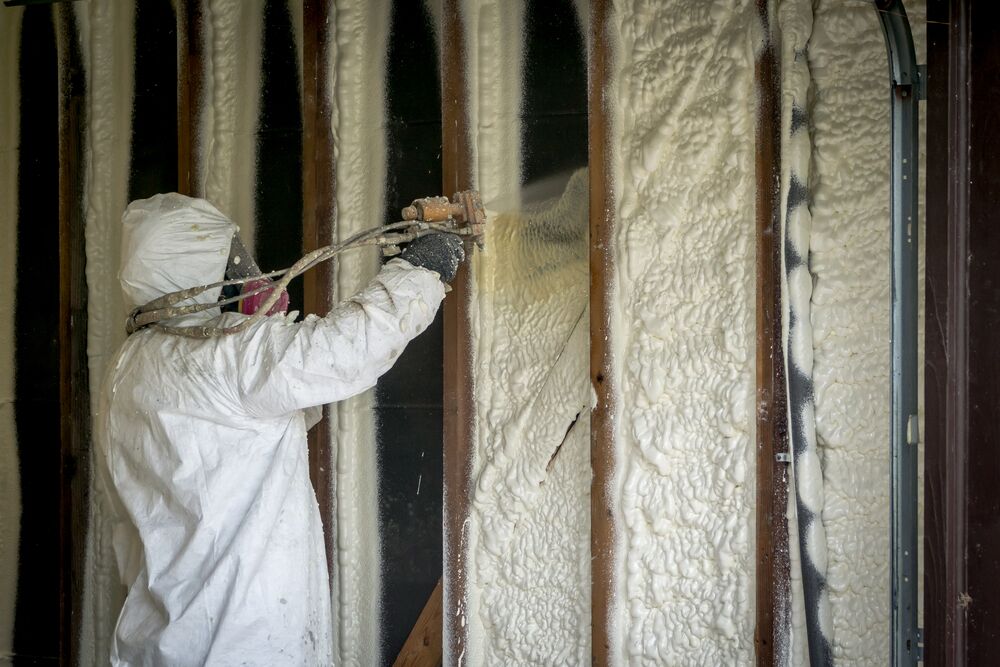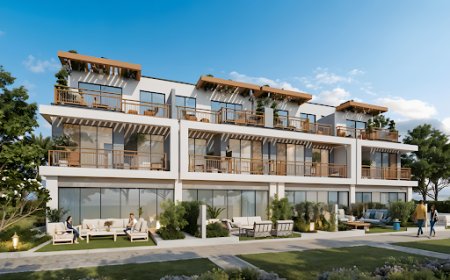How an Insulation Company Plans for Long-Term Thermal Resistance in Raleigh, North Carolina
Professional insulation experts in Raleigh develop comprehensive thermal resistance strategies by analyzing regional climate patterns, building envelope design,

Professional insulation experts in Raleigh develop comprehensive thermal resistance strategies by analyzing regional climate patterns, building envelope design, and material degradation factors. These specialists create customized plans that account for North Carolina's humid subtropical conditions, seasonal temperature variations, and long-term performance requirements to maintain consistent R-values over decades.
Effective thermal resistance planning involves systematic material selection, installation techniques, and maintenance protocols designed for Raleigh's specific environmental challenges. This approach ensures energy-efficient insulation systems deliver sustained performance while adapting to changing weather patterns and building settlement over time.
Climate Assessment and Regional Factors
Raleigh's humid subtropical climate presents unique challenges for long-term thermal resistance planning. Summer temperatures frequently exceed 85F with humidity levels above 70%, while winter conditions can drop below freezing for extended periods. These fluctuations stress insulation materials through repeated expansion and contraction cycles.
Advanced home insulation planning must account for North Carolina's average annual rainfall of 45 inches, which creates moisture management challenges. Professional insulation experts analyze historical weather data, future climate projections, and local building code requirements to develop resilient thermal barrier systems.
Regional Climate Factors
|
Climate Element |
Raleigh Parameters |
Impact on Insulation |
|
Summer Temperature Range |
75-95F |
Material expansion stress |
|
Winter Temperature Range |
25-55F |
Contraction cycling |
|
Humidity Levels |
60-85% average |
Moisture infiltration risk |
|
Annual Precipitation |
45 inches |
Water vapor concerns |
|
Freeze-Thaw Cycles |
15-25 per year |
Material fatigue |
Bonus Tip: Document microclimatic conditions around your property, including shade patterns, wind exposure, and drainage characteristics that affect thermal performance differently than regional averages.
Material Selection for Durability
High-quality insulation materials selected for Raleigh applications must demonstrate resistance to humidity, temperature cycling, and biological degradation. Closed-cell spray foam provides superior moisture resistance, while open-cell variants offer excellent thermal performance in controlled moisture environments.
Residential insulation professionals evaluate material specifications including thermal conductivity stability, vapor permeability ratings, and aging characteristics. These assessments determine which products maintain their R-values over 20-30 year periods under local environmental conditions.
Material Performance Comparison
|
Insulation Type |
R-Value per Inch |
Moisture Resistance |
Longevity Rating |
|
Closed-Cell Spray Foam |
6.0-7.0 |
Excellent |
30+ years |
|
Open-Cell Spray Foam |
3.5-4.0 |
Good with vapor barrier |
25-30 years |
|
Polyurethane Foam |
5.5-6.5 |
Excellent |
25-35 years |
|
Mineral Wool |
3.0-3.3 |
Excellent |
50+ years |
|
Fiberglass Batts |
2.2-4.0 |
Poor |
15-25 years |
Local insulation professionals prioritize materials with proven track records in similar climate zones. They consider manufacturer testing data, field performance studies, and warranty coverage that supports long-term thermal resistance claims.
Building Envelope Integration
Effective thermal resistance planning requires comprehensive building envelope analysis that identifies thermal bridging points, air leakage pathways, and moisture infiltration risks. Trusted insulation specialists conduct detailed assessments using thermal imaging, blower door testing, and moisture mapping techniques.
Integration planning addresses structural elements including foundation connections, wall-to-roof transitions, window installations, and penetration sealing. These critical areas often compromise thermal performance if not properly designed and sealed during initial installation.
Critical Integration Points
|
Building Element |
Thermal Bridge Risk |
Sealing Requirements |
|
Foundation Walls |
High |
Continuous insulation |
|
Rim Joists |
Very High |
Complete air sealing |
|
Window Frames |
Moderate |
Proper flashing integration |
|
Roof Transitions |
High |
Continuous vapor barrier |
|
Penetrations |
Variable |
Individual sealing protocols |
Bonus Tip: Schedule thermal imaging inspections during extreme weather conditions when temperature differentials reveal thermal bridging and air leakage issues most clearly.
Performance Monitoring Systems
Eco-conscious insulation solutions incorporate monitoring systems that track thermal performance over time. These systems measure temperature differentials, humidity levels, and energy consumption patterns that indicate insulation effectiveness degradation.
Professional monitoring includes annual thermal imaging assessments, periodic blower door testing, and energy usage analysis. This data helps identify performance changes before they significantly impact comfort or energy efficiency.
Monitoring Protocol Schedule
|
Assessment Type |
Frequency |
Purpose |
|
Thermal Imaging |
Annual |
Identify thermal bridging |
|
Blower Door Testing |
Every 2 years |
Measure air leakage changes |
|
Energy Usage Analysis |
Monthly |
Track performance trends |
|
Visual Inspections |
Quarterly |
Detect visible degradation |
|
Moisture Monitoring |
Continuous |
Prevent moisture damage |
Insulation providers near me often recommend smart monitoring systems that provide real-time alerts for temperature anomalies, humidity spikes, or energy usage increases that indicate thermal resistance problems.
Maintenance and Upgrade Planning
Long-term thermal resistance requires proactive maintenance planning that addresses predictable degradation patterns and performance optimization opportunities. Professional maintenance schedules include sealing touch-ups, vapor barrier inspections, and strategic upgrade implementations.
Maintenance planning considers building settling effects, material aging characteristics, and changing energy efficiency standards. These factors help determine optimal timing for partial upgrades or complete system replacements.
Maintenance Timeline
|
Maintenance Activity |
Timeline |
Expected Benefit |
|
Air Sealing Touch-ups |
Every 3-5 years |
5-10% efficiency gain |
|
Vapor Barrier Inspection |
Every 5 years |
Prevent moisture damage |
|
Thermal Bridge Remediation |
Every 7-10 years |
10-15% efficiency improvement |
|
Partial System Upgrades |
Every 10-15 years |
20-25% performance boost |
|
Complete System Replacement |
Every 25-30 years |
Return to original efficiency |
Technology Integration and Future Planning
Modern thermal resistance planning incorporates emerging technologies including phase change materials, smart insulation systems, and integrated building automation. These technologies enhance traditional insulation performance while providing adaptive responses to changing conditions.
Future planning considers evolving energy codes, climate change projections, and technological advancement cycles. This forward-thinking approach ensures insulation investments remain relevant and effective throughout their expected lifespan.
Insulation companies near me increasingly offer technology integration services that connect thermal barriers with home automation systems, energy management platforms, and predictive maintenance protocols.
Things to Consider Before Making a Decision
Evaluate your property's specific microclimate conditions, including sun exposure patterns, prevailing wind directions, and soil moisture characteristics that affect thermal performance. These local factors often influence material selection and installation techniques more than regional climate averages.
Consider building usage patterns and occupancy schedules that affect thermal load requirements. Homes with variable occupancy may benefit from different insulation strategies than consistently occupied properties.
Assess existing building envelope conditions, including structural integrity, moisture history, and previous insulation performance. These factors determine whether partial upgrades suffice or complete system replacement provides better long-term value.
Review local building code evolution and energy efficiency incentive programs that may influence timing and scope of insulation improvements. Future code changes often provide advance notice for strategic upgrade planning.
Common Questions About Thermal Resistance Planning
Professional insulation experts frequently address concerns about material longevity, performance degradation rates, and maintenance requirements. These specialists provide detailed explanations of how different materials respond to local climate conditions over extended periods.
Energy-efficient insulation planning often involves questions about upgrade timing, partial versus complete replacements, and integration with other building improvements. Experienced professionals help property owners develop phased improvement strategies that optimize both performance and resource allocation.
Residential insulation professionals commonly explain how thermal resistance planning differs from basic insulation installation. Long-term planning requires comprehensive analysis, premium materials, and ongoing monitoring that standard installations typically omit.
Ready to Achieve Optimal Long-Term Thermal Performance
Effective thermal resistance planning combines climate analysis, premium materials, and comprehensive monitoring to ensure decades of reliable performance. Professional planning addresses Raleigh's specific environmental challenges while incorporating future-focused technologies and maintenance strategies.
Contact Raleigh Excel Spray Foam Insulation to develop a customized long-term thermal resistance plan for your property. Our experienced team provides comprehensive assessments, advanced material selection, and ongoing support that protects your comfort and energy efficiency investment.
Raleigh Excel Spray Foam Insulation Phone: (919) 301-9435 Email: info@raleighexcelsprayfoam.com
Frequently Asked Questions
Q: How do climate change projections affect long-term insulation planning in Raleigh? A: Climate projections indicate increased temperature extremes and humidity levels for North Carolina. Long-term planning incorporates these trends by selecting materials with wider performance ranges and designing systems that adapt to changing conditions over 20-30 year periods.
Q: What maintenance activities are most critical for preserving thermal resistance? A: Air sealing maintenance provides the highest return on investment, followed by vapor barrier inspections and thermal bridge remediation. Regular monitoring helps identify issues before they significantly impact performance or require major repairs.
Q: How do building code changes impact existing insulation systems? A: Code changes typically apply to new construction and major renovations, but they often indicate performance standards that existing systems should target. Proactive upgrades to meet emerging standards can provide energy savings and increase property value.
Q: What role does building orientation play in thermal resistance planning? A: Building orientation affects solar heat gain, prevailing wind exposure, and moisture patterns. South-facing walls receive more solar stress, while north-facing areas may experience more moisture challenges. Planning accounts for these orientation-specific factors in material selection and installation techniques.
Q: How do smart home technologies integrate with thermal resistance systems? A: Smart thermostats, humidity sensors, and energy monitoring systems provide real-time feedback on thermal performance. Integration allows for automated adjustments, predictive maintenance alerts, and optimization of both comfort and efficiency based on actual usage patterns.
Reviewer
With nearly a decade in the spray foam insulation field, William Harris reviewed this post and provided guidance that reflects both technical understanding and real-world marketing experience.













